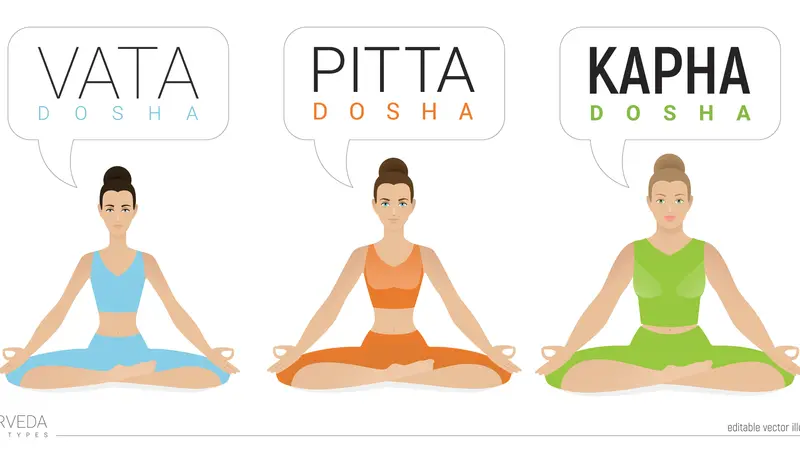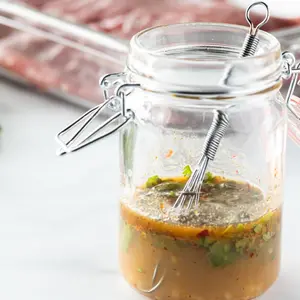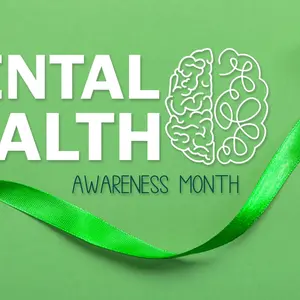

WELLthier Living and Aging

WELLthier Living and Aging
The 3 Ayurveda Body Types
There are so many ways to balance the body.
I’ve always seen my job as a teacher and guide so that I can provide many paths up the proverbial health mountain. When I was in practice, I used to let my clients choose which path most resonated with them.
Ayurveda, India’s 5,000 year-old natural healing system has always had a special place in my heart.
“Ayur” means life and “Veda” means science or knowledge. So here we’ll explore the wisdom of the Indian science of life that identifies 3 distinct body and mind types and then gives guidelines for each.
As The Chopra Center so eloquently puts it:
“Ayurveda reminds us that health is the balanced and dynamic integration between our environment, body, mind, and spirit.
Recognizing that human beings are part of nature, Ayurveda describes three fundamental energies that govern our inner and outer environments: movement, transformation, and structure.
Known in Sanskrit as Vata (Wind), Pitta (Fire), and Kapha (Earth), these primary forces are responsible for the characteristics of our mind and body.
Each of us has a unique proportion of these three forces that shapes our nature.”
If you would like to take our quiz to find out which Ayurvedic dosha (type) you are, so you can practically implement the advice on this post to balance your mind, body, and spirit, click here to download that PDF.
Now, let’s break down the three types so you can use food and lifestyle strategies to keep yourself healthy and balanced.
The information below was adapted from my nutrition school, The Institute of Integrative Nutrition.
Vata
Air element – WIND
Body type: thin, delicate bone structure, low body fat, hard to gain weight
Characteristics: sensitive, spiritual, running late, fidgety, forgets to eat; routine feels difficult and overwhelming, flightiness, memory problems, easily confused, not present, tendency toward thin hair or baldness
Signs of balance: sharp, quick thinking, creative, fast talking, abstract – might be or have propensity toward arts, writing, poetry, music, creative types
Signs of imbalance: gas, bloating, unfocused, spacey, dry skin, hair and nails, coldness and chills, nervousness, sleeplessness, worry, cavities (because of mineral deficiency from stress)
Organs to nourish: nervous system, colon, bones
Foods to reduce: stay away from low-fat diets, raw and cold foods, need very careful planning if vegetarian or vegan to stay grounded and focused
Foods to incorporate: warming, lubricating, grounding, heavier foods to calm down, good quality oils, warming foods to counteract coldness
Beneficial: creamy tasting soups, lighter proteins like fish and eggs, mashed sweet potatoes, root vegetables, heavier gluten-free grains like black and wild rice and buckwheat, regular and balanced meals, weight lifting, pilates, yoga
Pitta
Fire and water elements
Body type: medium body frame, well proportioned, good genetics toward muscularity, easily overheated
Characteristics: type A personalities, compelled to accomplish things, focused, organized, never misses a meal and can be cranky if meal skipped (has a strong metabolism), workaholic, doesn’t do well in hot, humid climates, sassy, creates problems that don’t really exist when feeling too balanced, needs to eat often
Signs of balance: productive, get it done people, organized, has a capacity to work until they drop, energized, enthusiastic, quick but sharper than vata
Signs of imbalance: under stress easily agitated, irritable, overly competitive, and other heat associated conditions; diarrhea, skin rashes, burning eyes, increased appetite, perspiration, over working
Organs to nourish: liver, gall bladder, spleen, small intestine, blood, eyes
Foods to reduce: excessive spices that are too heating, red meat
Foods to incorporate: sweet and bitter foods, cooling and astringent, sweet tasting spices (cardamom, fennel), protein
Beneficial: peppermint tea, fresh lime, lighter proteins (chicken and fish), dark leafy greens (bitter and cooling), sweet vegetables, calming and relaxing physical exercise, pilates, gentle relationships
Kapha
Earth and water elements
Body type: larger body type, not necessarily overweight, gains weight easily, holds fat and water, strong, great powerful athletes when in shape
Characteristics: grounded, stable, solid, clear about the ways of the world, sensual and strong sexuality, sense of physicality, steady appetite but not overly strong like pitta, can miss a meal, slower metabolism, resist exercise and are slower moving, often trying to lighten up (physically and emotionally)
Signs of balance: reliable, dependable, calm, peacekeepers, even-tempered, loving, affectionate
Signs of imbalance: holds on to emotions, lethargic, sleeping too much, depressed, lacking enthusiasm, feeling dull and sluggish, overweight, congestion
Organs to nourish: lungs, stomach, body fat, lymphatic system
Foods to reduce: high fat foods, heavy and fatty proteins, dairy, gluten based grains, red meats, starchy vegetables
Foods to incorporate: drying and heating foods, heating and pungent spices for their thermogenic properties, lighter gluten-free grains like quinoa, light proteins, vegetables
Beneficial: beans, quinoa, spinach, dandelion, salads, cayenne, pepper, ginger, self-acceptance and body image affirmations, cardiovascular exercises, love the body you have (kapha women should not try to be vata).
Everyone is usually predominantly one dosha, with a strong secondary influence. For example, I am primarily Vata and secondarily Pitta meaning that I have traits of both, but must primarily work to balance my vata tendencies.
What’s your dosha? Do these foods and lifestyle strategies help to balance you?
This article is reprinted with permission from the author, Christa Orecchio, CN, HHC, and first appeared in The Whole Journey.


 By
By







